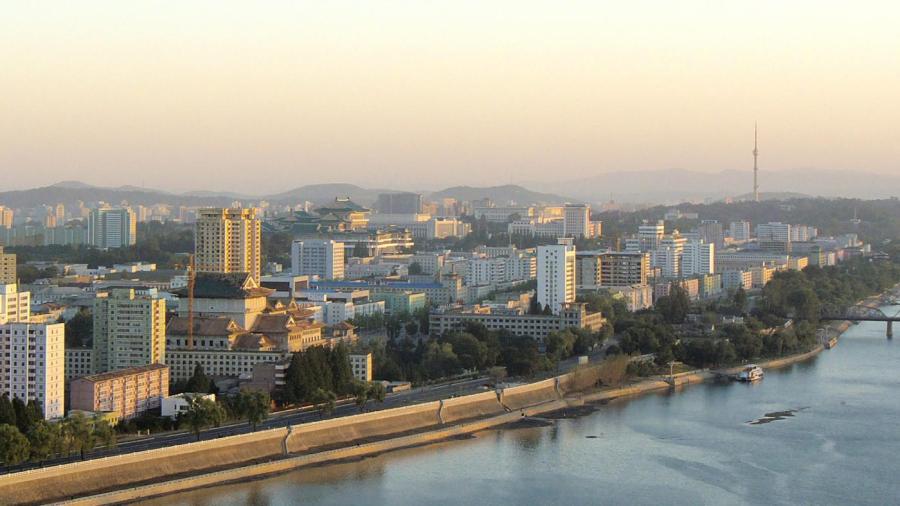What Countries Have a Command Economy?

Iran, Cuba, China and North Korea have command economies. In a command or planned economy, a central government authority formulates economic decisions, and the government implements each plan through legislation, directives and regulations. Suppressing free-market forces allows governments to reach specific societal objectives.
Otto Neurath, a Viennese economist, developed the theory of the command economy to regulate hyperinflation after World War I. However, command economies existed prior to this in Peru in the 16th century and in Mormon Utah in the 19th century. The government or central planning agency in a command economy creates an economic plan regulating all sectors in the entire country and distributes resources, such as labor, capital and natural resources, according to the plan. The plan sets targets for the production of goods and services to ensure an adequate supply of housing, food and other necessities for every citizen. The government owns the businesses in industries that are important to the country’s economic goals, and it implements laws that govern economic activity. This type of economy can muster resources quickly and effectively, achieve important social goals and build industrial power. However, the system ignores some of people’s needs and desires, such as fulfilment, and governments often miscalculate production needs, leading to the emergence of shadow economies or black markets. In addition, planned economies smother innovation and exports.





